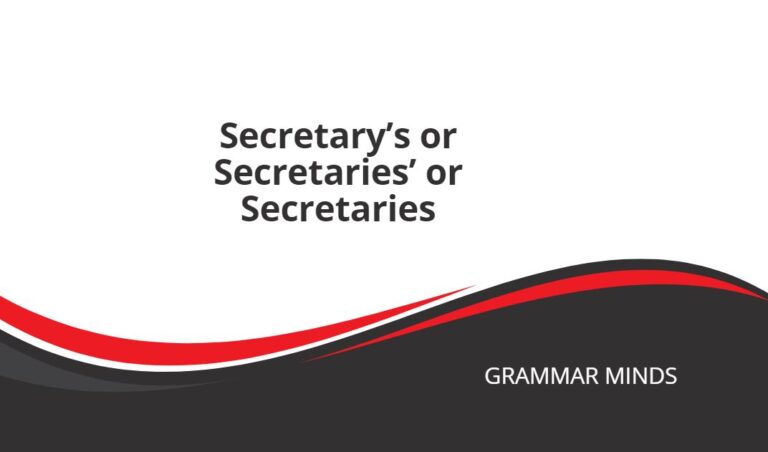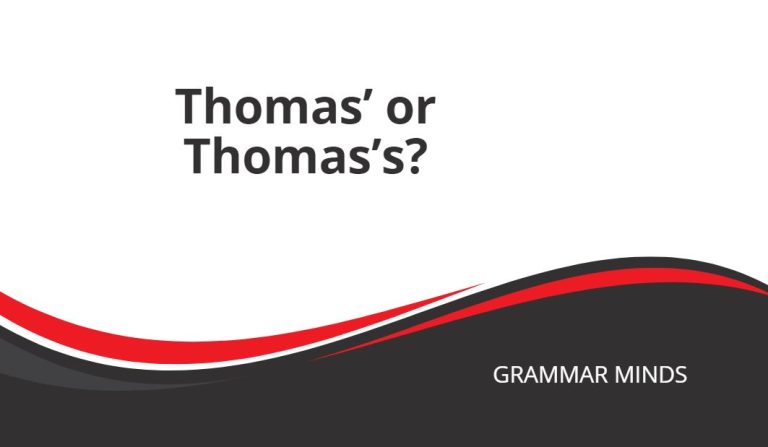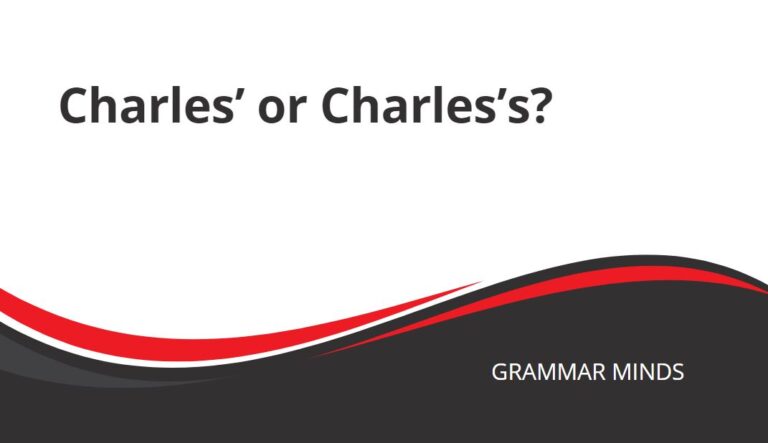Waitress’s is the standard singular possessive form of waitress. For example, “The waitress’s uniform was neatly pressed.” Additionally, waitress’ is a correct form of the singular possessive that often appears when the next word begins with “s.” For instance, “The waitress’ service was exceptional.”

The following chart provides a helpful summary of the possessive and plural forms of waitress:
| Form | Example |
| Singular | Waitress |
| Plural | Waitresses |
| Singular possessive | Waitress’ / Waitress’s |
| Plural possessive | Waitresses |
As shown, you can form the singular possessive of waitress in two ways. Firstly, you can form the singular possessive by adding an apostrophe to the end of waitress. Secondly, you can create the singular possessive by adding the apostrophe and an “s.”
Here are examples of each form in context:
- Singular: The diner hired a new waitress for the evening shift.
- Plural: The restaurant employs several waitresses to handle the busy hours.
- Singular possessive: The waitress’s tray was filled with plates of food.
- Plural possessive: The waitresses‘ schedules were posted on the bulletin board.
The standard way to form the singular possessive of the common noun waitress is waitress’s. Furthermore, this is the version you should use according to the AP Stylebook and the Chicago Manual of Style.
However, there are exceptions to this rule, such as when waitress is a proper noun, which will be discussed later in the article.
Continue reading to learn more about using the possessive and plural forms of waitress.
Waitress’
The term waitress’ is a singular possessive form of the word waitress. Therefore, you use it to indicate that something belongs to a waitress.
- The waitress’ shift started at noon and ended at eight.
- Waitress’ skills were evident in how efficiently she managed her tables.
Some people prefer to use this version consistently throughout the document, while others use it only when the following word begins with “s.”
- A waitress’ experience can significantly impact the dining experience.
- The waitress’ smile made customers feel welcome.
Ultimately, you can choose which version to use unless you are following a specific style guide.
Additionally, when using the possessive of waitress in formal writing, you should use waitress’s when following the Chicago Manual of Style.
However, the rules differ slightly for AP Style.
The Associated Press Stylebook suggests using waitress’ when the following word begins with “s.” Furthermore, you should use waitress’ when it is a proper noun, i.e., referring to a specific waitress.
For instance, if referring to a specific waitress named “Emily,” you would write:
- Emily’s attention to detail was appreciated by all her customers.
- I asked for Emily’s recommendation on the menu.
In British English, it is common to use a capital letter when referring to a specific waitress. Therefore, it becomes a proper noun, requiring the use of Waitress’ if you are writing in AP Style.
For example, consider the following:
- Waitress’ responsibilities include taking orders and serving food.
- I left a tip for the Waitress’ excellent service.
Furthermore, in British English, there is not much difference in frequency between waitress’ and waitress’s. However, in American English, waitress’ appears less frequently than in the UK.
Waitress’s
The term waitress’s is the standard singular possessive of waitress. Therefore, you use it when indicating that something belongs to a waitress.
Additionally, both the Chicago Manual of Style and the Associated Press Stylebook state that you should use waitress’s.
- The waitress’s demeanor was friendly and professional.
- Waitress’s apron had a floral pattern that matched the restaurant’s decor.
However, an exception to this rule exists for AP Style: if the next word begins with “s,” you should use waitress’.
- A waitress’ skill in balancing plates is impressive.
- The waitress’ sister also worked at the same diner.
Also, AP Style states that you should use Waitress’ for proper nouns referring to a specific waitress, i.e., if waitress has a capital letter.
Whether waitress becomes a proper noun is also a stylistic decision at times, specifically when stating something like “the waitress” and referring to a specific waitress entity.
For example, in the UK, using waitress as a proper noun for specific individuals in this context is common. However, people in other countries may choose not to use a proper noun in similar instances.
- The Waitress’ shift ended late in the evening.
- I complimented the Waitress’ efficiency to the manager.
Waitresses
The term waitresses is the plural form of waitress. Therefore, you can use it when referring to more than one waitress.
- The cafe hired several new waitresses for the summer season.
- Waitresses at the banquet hall wore matching uniforms.
Furthermore, although the plural possessive of waitress is not as common, you form it by adding an apostrophe to the end of waitresses.
- The waitresses’ break room was equipped with comfortable seating.
- All the waitresses’ tips were pooled and divided equally.
Understanding the nuances of possessives in the context of waitresses’ terminology is essential for clear and effective communication in professional writing






